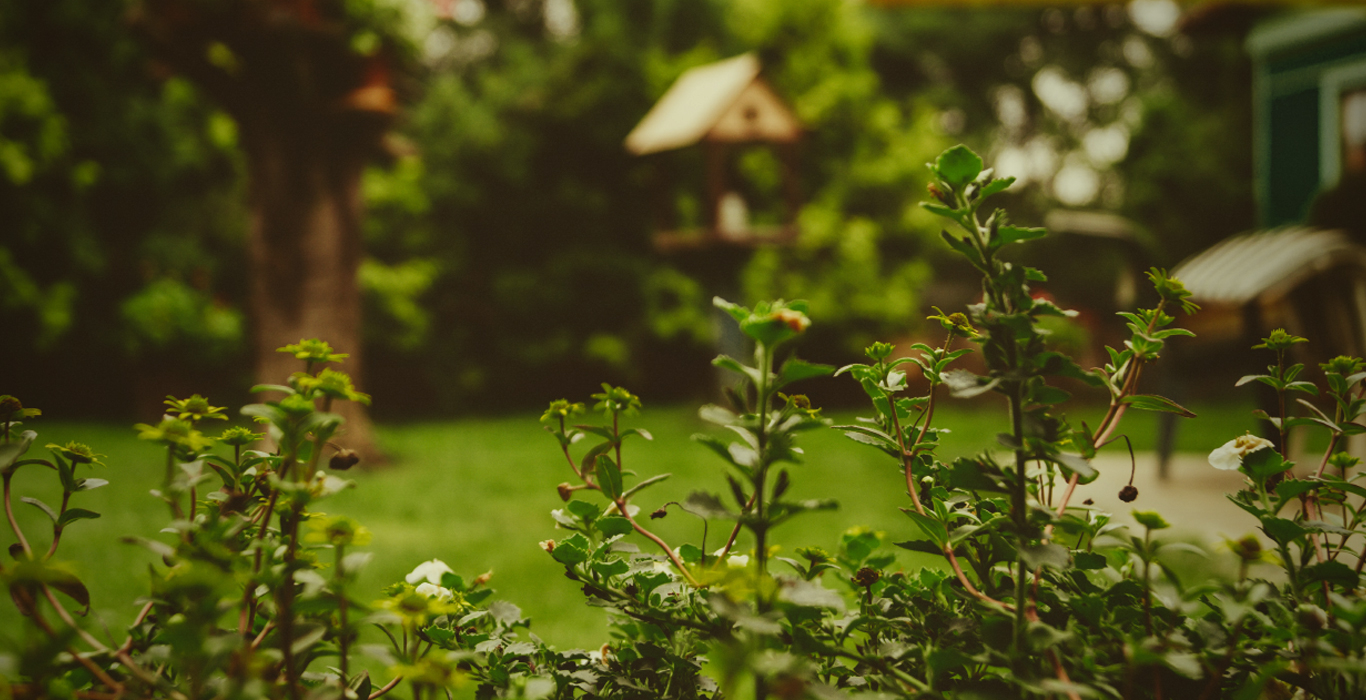The beauty of backyard privacy

“Privacy is what we crave most,” horticulturalist Thomas Hobbs declared in his book Shocking Beauty, an ode to enthralling garden design. “It is essential. You must create it if it is not already there… The satisfaction we derive from a garden is multiplied manifold by how much of it we can experience in private, or with people we know and like.”
Ideally, the creation of a private outdoor space takes into account both function and form – the best solutions protect your sanctuary from intrusion and screen out undesirable views, while beautifying your space.
Hedges, strategically located trees and bushes, and trellises and fences adorned with climbing plants also provide numerous other benefits: they help buffer noise, protect from cold, drying winds, and may support biodiversity by providing shelter, nesting sites and food sources for birds, bees and butterflies.
Looking to add privacy to your backyard? Here are 9 factors to consider for an ideal solution:
1. Location – Do you know where your property line is? Proper placement of a hedge, fence, tree or other garden features is essential, so be sure to check your property’s survey plan first – you don’t want to start a fight with your neighbours and have to redo all your hard work if you encroach on land that’s not yours.
If you don’t have a survey plan, get one, learn how to read it and consider having the boundary staked if you are at all unsure about the location of the boundary. Otherwise, here’s what can go wrong.
While a fence typically goes on the property line (allowing both neighbours to share ownership and the cost and maintenance), a hedge is different (as are trees). Learn more by reading our blog post on hedge placement.
2. What are your privacy requirements? Evergreen trees or shrubs (such as cedar, boxwood, yew) will provide a screen of green even during winter, while deciduous plantings (such as mock orange, lilac, forsythia) will lose their leaves when the cold weather sets in, but they also offer more options in terms of colour as they bloom. Hedges, shrubs and trees can also offer the advantage of extra height beyond what zoning restrictions allow for a fence.
3. What are your security requirements? Some hedges form a dense, almost impenetrable barrier while others are more porous – a factor to consider especially if children or pets must be kept within the yard.
4. Site & light conditions: Is your yard boggy and wet, or dry? Is the soil heavy clay or light, airy loam? Acid or alkaline? How much sun does it receive during the day, and when? All these things will affect your choice of plant material.
5. Design and aesthetics: Do you want a formal, clipped look (boxwood, yew)? Or a more informal, natural look (dogwood, lilac)?
6. How high and wide will the hedge or other plants grow? Many varieties of euonymus, for example, are excellent at scrambling up fences and trellises, providing year-round evergreen coverage while taking up a minimum of space in the yard. Also consider how a really tall hedge would affect your neighbours. (A little consideration goes a long way in fostering neighbourhood harmony.)
7. How long will it take the hedge or other plantings to reach the desired height? Some plants grow faster, others slower. How long until you have the effect you’re looking for?
8. Care and maintenance: Hedges, shrubs and trees require pruning to look their best. And some need more water and fertilizing than others to thrive.
9. Consider biodiversity: Native trees, shrubs and plants not only support the needs of birds, bees, butterflies and other creatures, but can be low-maintenance options as well. Red-osier dogwood (Cornus stolonifera) provides white flowers in the spring, fruit for numerous species of birds and showy red branches after the leaves fall in autumn to brighten the winter landscape. Wild roses (Rosa virginiana) have dense thorny branches – idea for cover and nesting – and fruit for many bird species. American highbush cranberry (Viburnum trilobum) is a hardy shrub that turns bright red in fall, with fruit that attracts 30 species of birds, including the cedar waxwing. Check out the Evergreen Native Plant Database to find native trees, shrubs, vines and other plants for your backyard.
Properly planned, installed and cared for, hedges and other plants can provide multiple benefits: defining your property’s boundary, adding the privacy you desire, extending your living space and providing important shelter and food for the birds and other wildlife who share our world.












